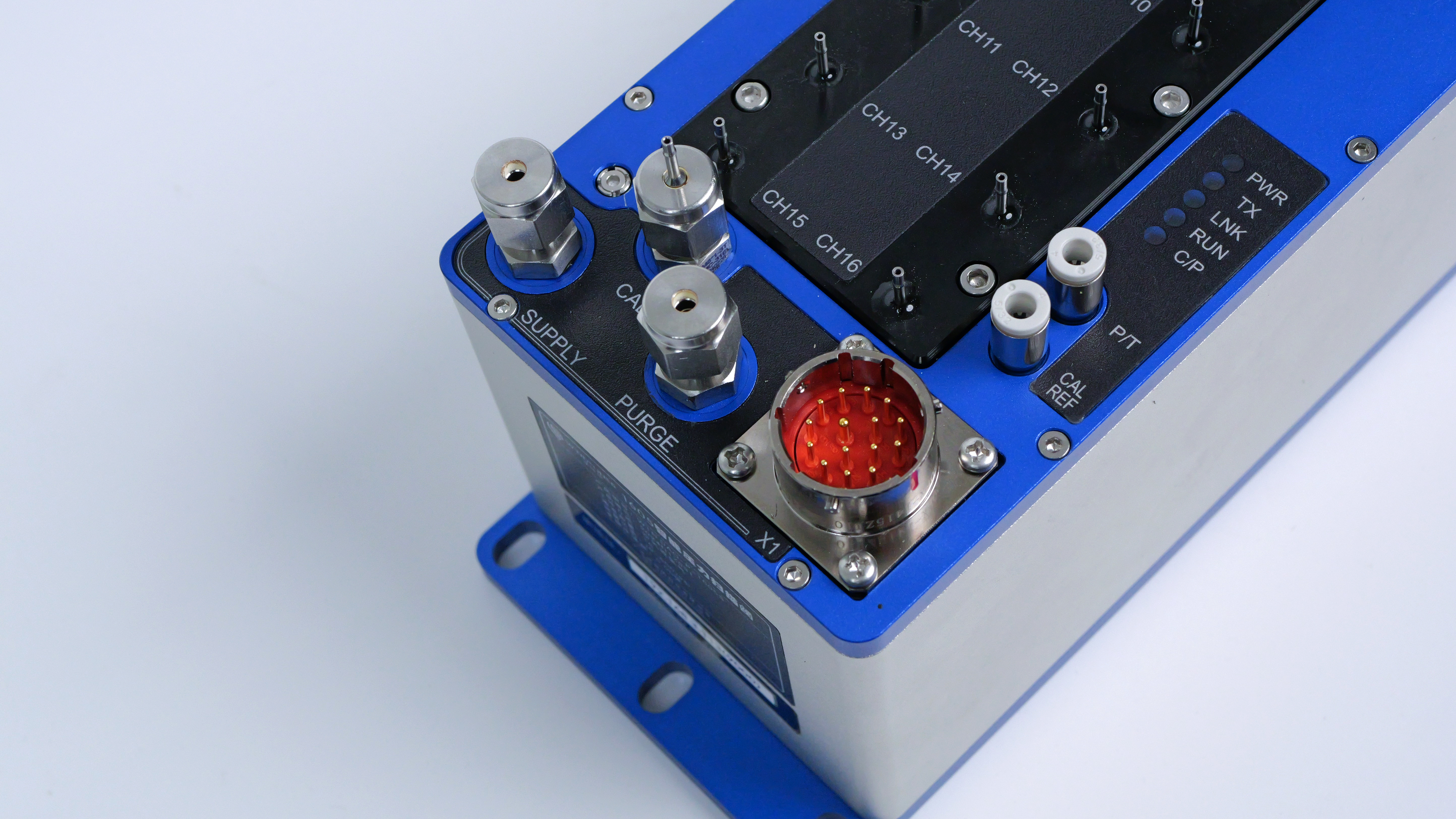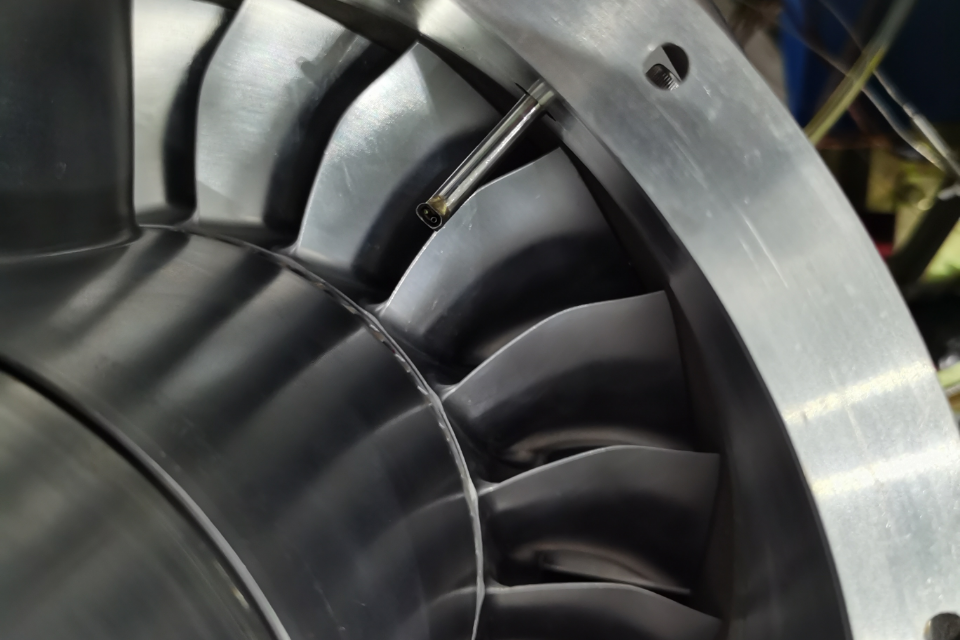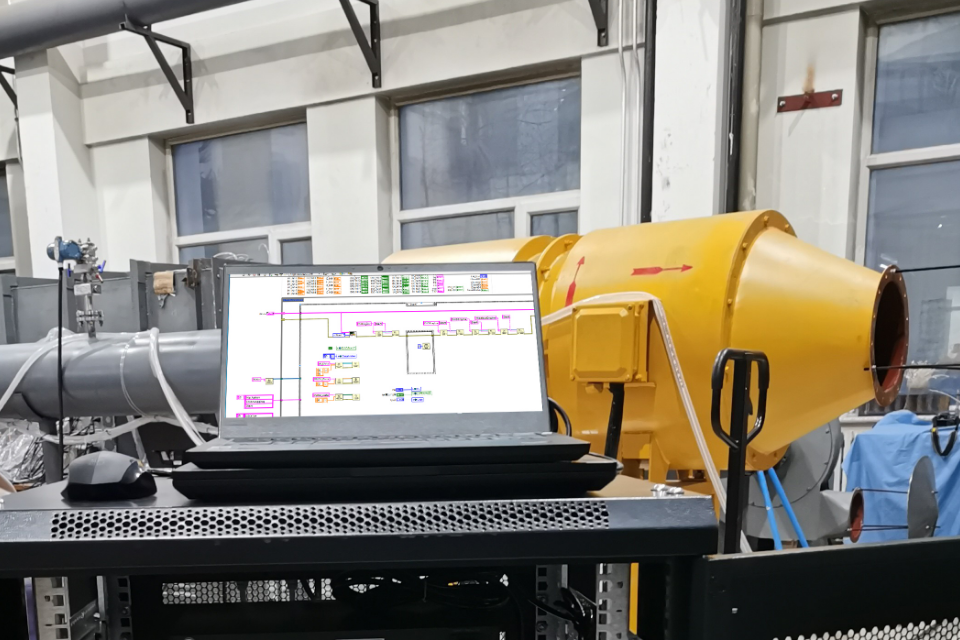Because in a complex and changeable industrial environment, it is often difficult for a single stress test system to cover all monitoring points. Windtuner stress test system can realize comprehensive monitoring of the entire production process through multi-device collaborative work to ensure that there are no dead ends in data collection. At the same time, data can be shared between devices in real time for cross-validation, which effectively improves the measurement accuracy. In addition, multi-device parallel operation also significantly shortens the data collection cycle, improves the overall measurement efficiency, and provides strong support for enterprises to make rapid decisions.

The traditional manual data collection method is not only time-consuming and laborious, but also error-prone. The multi-device automatic networking function supported by Windtuner stress test system realizes the whole process automation of data acquisition. The system can automatically start, adjust and end the acquisition process according to the preset acquisition tasks and parameters, which greatly reduces the workload of operators. More importantly, automated collection reduces human intervention, reduces errors caused by improper operation, and further improves data quality. In the long run, this will help scientific research institutions reduce labor costs and improve overall operational efficiency.
In addition, the Windtuner stress test system also supports remote firmware update function. This design allows users to easily realize one-click scan valve firmware update according to their needs, thus breaking the geographical and time constraints of traditional firmware upgrades. Through remote update, users can not only obtain the latest functional characteristics and performance optimization of the stress test system in the first time, but also repair known problems in time to ensure that the stability and measurement accuracy of the system are always in a good working state. This kind of maintenance and support reduces the production loss caused by equipment shutdown or failure, and improves the overall operational efficiency. In addition, remote firmware updates also reduce dependence on professional and technical personnel, reduce maintenance costs, and enable users to manage and optimize their own measurement systems in the research and development process more autonomously.
















